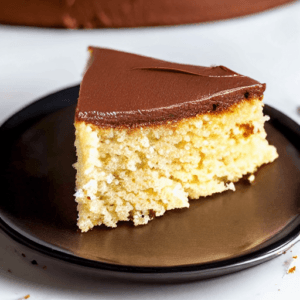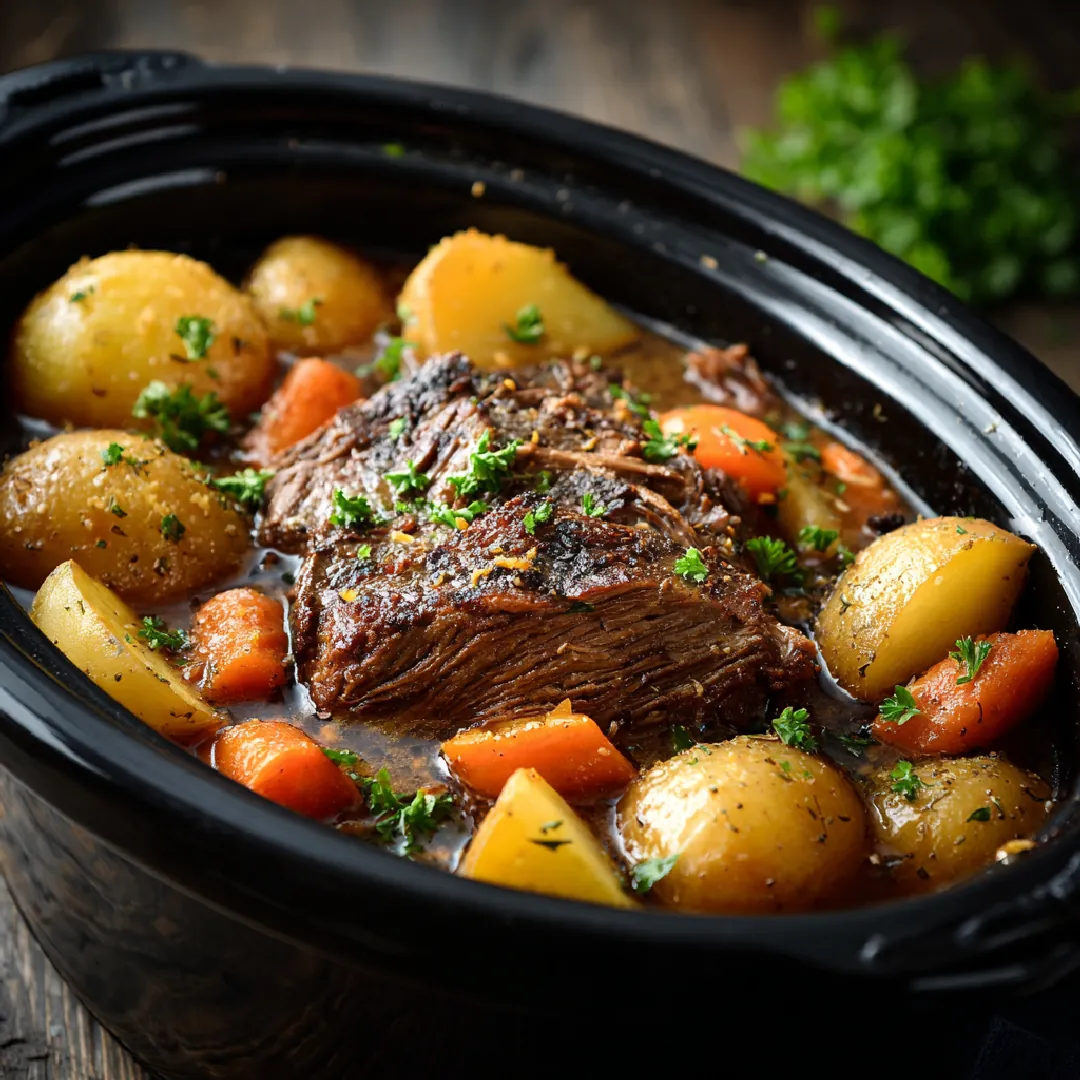Is your Texas sheet cake dry? Don’t worry—you’re not alone. Many bakers face this issue, but with a little knowledge and some simple adjustments, you can prevent and fix it. Whether it’s a problem with the batter, oven temperature, or ingredient ratios, understanding the root cause will help you achieve the perfect moist and delicious Texas sheet cake every time.
Table of Contents
Introduction
Texas sheet cake is a beloved dessert that combines the richness of chocolate with a light, moist texture. It’s a cake that’s often shared at family gatherings, parties, and potlucks due to its easy-to-make nature and satisfying flavor. However, one of the most common issues bakers face with this recipe is dryness. There’s nothing worse than cutting into what should be a soft, decadent cake, only to find it’s unexpectedly dry and crumbly. So, why does this happen?
In this article, we’ll explore the common causes behind a dry Texas sheet cake, the potential fixes you can apply, and the preventative measures that can ensure a moist, delicious cake every time. Whether you’re a seasoned baker or a first-timer, understanding how to achieve that perfect moist texture is crucial to mastering the Texas sheet cake. Let’s dive into the reasons why your cake might be turning out dry and how to correct them.
Common Causes of a Dry Texas Sheet Cake
There are several key factors that can contribute to a dry Texas sheet cake. By understanding these causes, you can troubleshoot and prevent the same issues from happening again in the future. Let’s take a closer look at what might be going wrong with your cake.
1. Overmixing the Batter
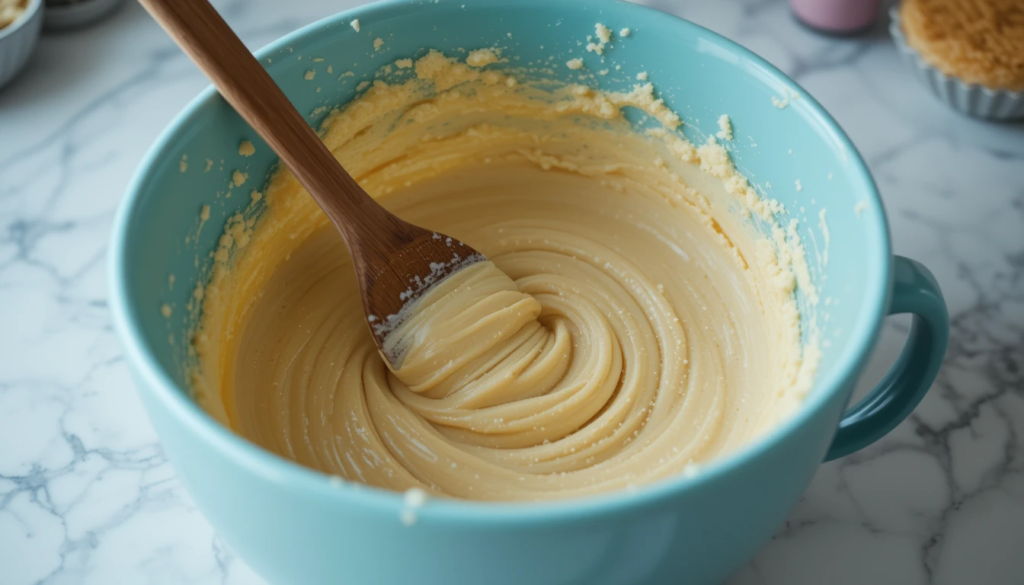
One of the most common mistakes when making any type of cake is overmixing the batter. While it’s important to combine your ingredients thoroughly, excessive mixing can cause the cake to become tough and dry. This happens because the flour’s gluten is activated when it’s mixed too much, leading to a denser texture. The result? A cake that’s dry and less airy.
Solution
To avoid this, mix the ingredients until they are just combined. It’s okay if there are still a few lumps in the batter. Stirring or beating the batter too vigorously will incorporate too much air, which not only affects the texture but also causes the cake to lose moisture. Using a gentle hand when mixing will help retain a light, moist cake.
2. Incorrect Oven Temperature
Baking at the wrong temperature can significantly affect the texture of your cake. If your oven runs too hot, the outside of the cake may bake too quickly, causing it to dry out before the inside has properly set. Conversely, if the oven is too cold, the cake might bake too slowly, causing the batter to lose moisture before it rises.
Solution
To ensure your cake bakes evenly, use an oven thermometer to verify that the oven temperature is correct. Most recipes for Texas sheet cake call for a baking temperature of around 350°F (175°C). Avoid opening the oven door frequently while baking, as this can cause fluctuations in temperature and may lead to uneven baking.
3. Too Much Flour
Measuring flour incorrectly is a common culprit in making a dry cake. If you scoop flour directly from the container with your measuring cup, it’s easy to accidentally pack in more flour than the recipe calls for. Too much flour will absorb excess moisture, leaving the cake dry and crumbly.
Solution
The best way to measure flour is to use the spoon-and-level method. Fluff the flour in its container with a spoon, then scoop it into your measuring cup and level it off with a knife. This method prevents you from packing in too much flour and ensures your cake has the right moisture balance.
4. Not Enough Fat
Fat plays an essential role in keeping your cake moist and tender. If your recipe doesn’t include enough butter, oil, or other fat, the cake will lack moisture, resulting in a dry, crumbly texture. Fat coats the flour particles and prevents too much moisture from being absorbed, ensuring a moist crumb.
Solution
Always follow the recipe’s fat measurements carefully. If you want to add more moisture to your cake, you can substitute some of the oil with melted butter. This not only improves the texture but also adds richness and flavor. Additionally, consider using a fat with a higher moisture content, such as sour cream or buttermilk.
5. Overbaking the Cake
Overbaking is a major cause of dryness in cakes. Even a few extra minutes in the oven can make a huge difference in the moisture level of your cake. Overbaking causes the moisture to evaporate, leaving the cake dry and dense.
Solution
To prevent overbaking, always check your cake for doneness a few minutes before the recommended baking time is up. Insert a toothpick or cake tester into the center of the cake—if it comes out clean or with just a few crumbs clinging to it, your cake is ready to come out of the oven. If it’s still wet with batter, continue baking for another 3–5 minutes and test again.
6. Not Adding Enough Liquid
A lack of liquid is another common cause of dryness in cakes. Texas sheet cake typically uses buttermilk, milk, or even water as part of the batter, and if you don’t include enough of these liquids, the cake will have trouble staying moist. Additionally, if the batter is too thick, it can result in a dense and dry cake.
Solution
Make sure you measure the liquid ingredients accurately. If you find that the batter is too thick and difficult to spread, add a little more liquid. Be careful not to add too much at once—gradually incorporate the extra liquid to keep the texture balanced. Buttermilk is especially helpful in Texas sheet cake as it adds both moisture and flavor.
7. Using Old Ingredients
Stale or expired ingredients can significantly impact the quality of your cake. Baking soda and baking powder, for example, lose their effectiveness over time, which can result in a dense and dry cake. Using old ingredients can also cause the cake to rise poorly and affect the texture.
Solution
Before baking, always check the expiration dates on your ingredients. This is especially important for baking powder, baking soda, and any other leavening agents. Fresh, high-quality ingredients are essential for achieving the perfect cake.
How to Fix a Dry Texas Sheet Cake
Even if you’ve made a mistake and ended up with a dry Texas sheet cake, don’t worry! There are still ways to salvage the cake and make it more enjoyable. Here are a few methods you can try to restore some of the moisture and flavor, even after the cake has been baked.
1. Adding Moisture After Baking
If you realize that your Texas sheet cake has turned out too dry, you don’t necessarily have to toss it. Adding moisture after the cake has baked is a great way to rejuvenate it. One method is to brush the cake with a liquid like milk, cream, or buttermilk. The liquid will be absorbed by the cake, helping to soften the crumb.
Solution
To do this, simply pour a small amount of milk or cream into a bowl. Use a pastry brush or spoon to lightly drizzle the liquid over the surface of the cake. Be careful not to make the cake too soggy—just a light coating will do. You can also use a flavored syrup, such as chocolate syrup or coffee syrup, to add extra flavor while improving the moisture.
2. Using a Simple Syrup to Save the Cake
Another excellent option for reviving a dry cake is simple syrup. Simple syrup is a sweet liquid made by dissolving sugar in water, and it’s commonly used by bakers to moisten cakes and pastries. When used correctly, it can significantly improve the texture of your Texas sheet cake.
Solution
To make simple syrup, combine equal parts sugar and water (for example, 1 cup sugar to 1 cup water) in a saucepan. Heat the mixture over medium heat until the sugar has dissolved completely. Let it cool before applying. Once it’s cool, drizzle the syrup generously over your Texas sheet cake. The syrup will penetrate the cake layers, giving them added moisture without making them too soggy.
For extra flavor, you can infuse the syrup with a vanilla bean, cinnamon, or even a bit of cocoa powder to enhance the taste of the cake.
3. Frosting or Glaze for Added Moisture
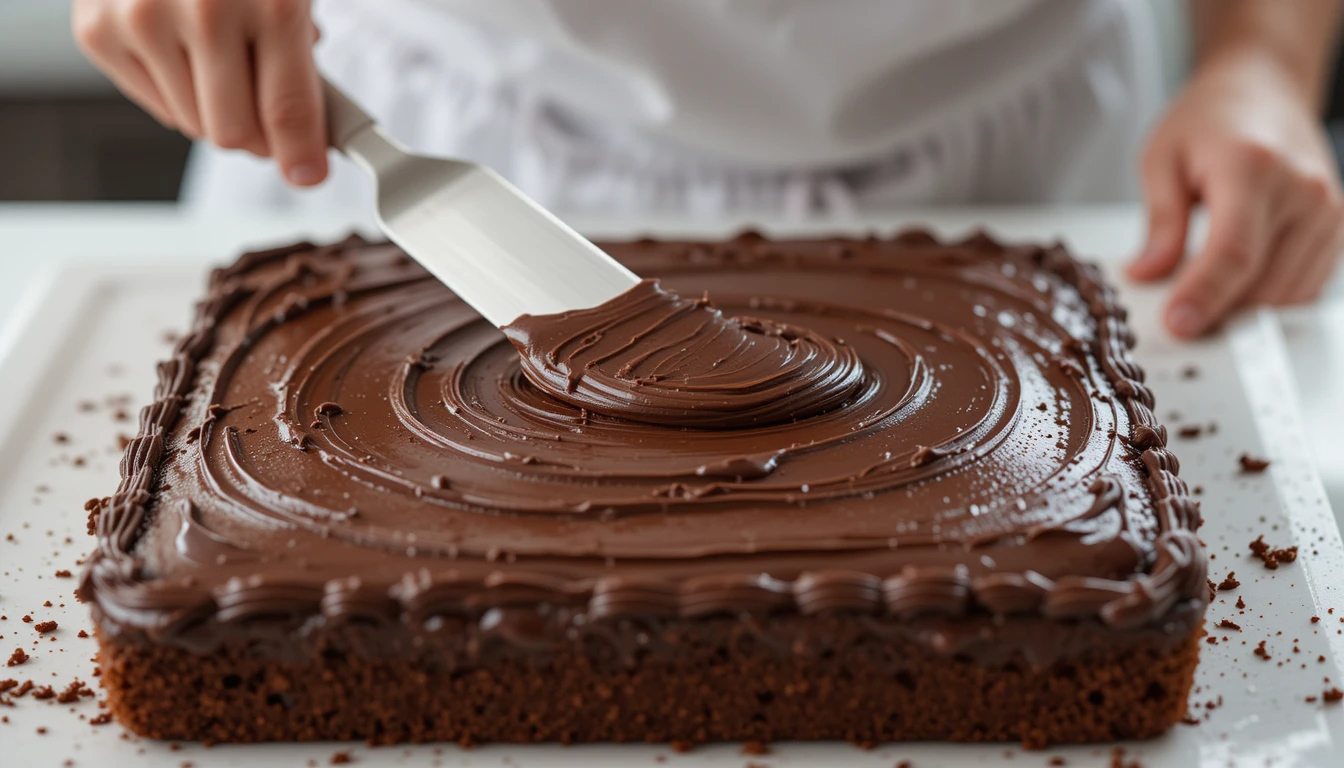
Another way to increase the moisture content of your dry Texas sheet cake is by using frosting or glaze. The rich, creamy texture of frosting can help lock in moisture and improve the overall taste. This is especially effective if the cake is dry on the surface but still has a decent crumb underneath.
Solution
Classic Texas sheet cake is typically topped with a luscious chocolate frosting that helps keep the cake moist. If you didn’t already frost the cake, you can make a simple glaze or frosting to cover it. For example, you can melt butter and chocolate, mix with powdered sugar, and pour it over the cake to create a glossy, moist layer.
If you’re looking for a different twist, a cream cheese frosting or a whipped cream topping can add both moisture and flavor, elevating the taste and texture of the cake.
4. Transform the Cake Into Cake Pops or Trifle
If your cake is too dry to serve as a traditional sheet cake, you can repurpose it into a different dessert entirely. One creative option is to turn the cake into cake pops. By crumbling the cake and mixing it with frosting or ganache, you can form small cake balls that are easy to eat and still delicious.
Another great idea is to use the crumbled cake to create a trifle. Layer the dry cake with fruit, custard, whipped cream, or even ice cream. The moisture from these additional ingredients will help balance out the dryness of the cake while creating a new, exciting dessert.
Solution
For cake pops, crumble the dry cake into small pieces, then mix with enough frosting to bind the cake together. Roll the mixture into small balls, dip them in chocolate or your preferred coating, and serve as a fun, bite-sized treat.
For a trifle, layer the crumbled cake with your favorite fillings, such as berries, pudding, or cream, and serve it in individual glasses or a large bowl for a unique dessert option.
5. Make a Sauce to Serve with the Cake
If your Texas sheet cake has dried out, another way to restore moisture is by serving it with a sauce or compote. A rich, fruity sauce can bring some moisture back to the cake while also complementing the flavor. Fruit compotes, chocolate ganache, or even a caramel sauce can all be delicious accompaniments.
Solution
Prepare a simple fruit sauce by simmering fresh or frozen fruit with sugar, lemon juice, and a little water. Pour the warm fruit sauce over the cake before serving. You can also use store-bought chocolate or caramel sauces for a quicker fix. The sauce will add both moisture and flavor, helping to mask the dryness of the cake.
6. Serving with Ice Cream or Whipped Cream
For a quick and easy fix, serving your dry Texas sheet cake with a scoop of ice cream or a dollop of whipped cream can work wonders. The cold, creamy texture of the ice cream or whipped cream will help offset the dryness and add richness to each bite.
Solution
Top individual slices of your cake with a generous scoop of ice cream or a swirl of whipped cream. Choose flavors that complement the cake, such as vanilla, chocolate, or coffee ice cream. You can also drizzle some warm chocolate sauce over the top to make it even more indulgent.
Preventing a Dry Texas Sheet Cake
The best way to avoid a dry Texas sheet cake is by focusing on prevention. With the right techniques and attention to detail, you can ensure that your cake remains moist and delicious from the moment it comes out of the oven. Below are some key strategies to help prevent dryness before you even start baking.
1. Measuring Ingredients Accurately
Accurate measurements are critical to the success of any recipe, and Texas sheet cake is no exception. Using too much flour or not enough fat can result in a dry cake, so it’s essential to measure your ingredients correctly. If you’re not using a kitchen scale, make sure to measure dry ingredients like flour using the spoon-and-level method. For liquid ingredients, use a liquid measuring cup to ensure you’re adding the correct amount.
Solution
If you’re unsure about how to measure dry ingredients, here’s a quick guide:
- Flour: Stir the flour in its container to loosen it up. Then spoon it into the measuring cup and level it off with a knife.
- Sugar: Scoop the sugar into the measuring cup and level it off.
- Butter or Oil: For solid fats, pack them into the measuring cup to ensure you’re using the right amount. For liquid fats like oil, simply pour it into a liquid measuring cup.
Using accurate measurements ensures that your cake has the right balance of ingredients, which will help prevent it from becoming dry.
2. Proper Mixing Technique
As mentioned earlier, overmixing the batter can cause dryness. However, under-mixing can also be a problem. You want to make sure that the batter is fully combined but not overworked. Mix the dry ingredients separately before adding them to the wet ingredients to ensure even distribution, and when mixing the wet and dry ingredients, be gentle.
Solution
Once your wet and dry ingredients are combined, stop mixing as soon as the batter looks smooth. A few lumps are okay. You don’t need to beat the batter until it’s completely free of lumps, as this can lead to overmixing and result in a dense, dry texture.
3. Using Fresh Ingredients
Fresh ingredients, especially leavening agents like baking soda and baking powder, are essential for ensuring a light and moist cake. If your leavening agents are expired, they may not react properly, leaving your cake dense and dry.
Solution
Before baking, check the expiration dates on all your ingredients. For baking soda and baking powder, a quick test can help ensure they are still effective. For baking soda, add a teaspoon to a small bowl of vinegar or lemon juice. If it fizzes, it’s still good. For baking powder, mix a teaspoon with warm water—if it bubbles, it’s active.
Also, using fresh eggs, butter, and other perishables can make a significant difference in the texture of your cake. Fresh ingredients contribute to better moisture retention and improve the overall flavor.
4. Baking at the Correct Temperature
Baking your Texas sheet cake at the correct temperature is crucial. As mentioned earlier, an oven that’s too hot can cause the cake to dry out on the outside before the inside has fully baked. On the other hand, if the oven is too cool, the cake might not rise properly, leaving it dense and dry.
Solution
Always preheat your oven before placing the cake in. A good rule of thumb for baking a Texas sheet cake is to set the oven to 350°F (175°C). Use an oven thermometer to ensure your oven’s temperature is accurate, as some ovens can run hotter or cooler than indicated.
Avoid opening the oven door too frequently while baking, as this can cause fluctuations in the temperature. If you need to check the cake, do so quickly to avoid letting too much heat escape.
5. Adding Extra Moisture Ingredients
In addition to using the standard ingredients, there are ways to add extra moisture to your Texas sheet cake recipe. Ingredients like sour cream, buttermilk, yogurt, or even applesauce can add moisture while also enhancing the flavor. These ingredients not only keep your cake moist but also make it tender and flavorful.
Solution
Consider substituting part of the liquid in the recipe with buttermilk or adding sour cream to the batter. These ingredients add both moisture and a subtle tang that can balance the sweetness of the cake. If you prefer a healthier option, unsweetened applesauce is another great addition that helps retain moisture without altering the flavor too much.
6. Don’t Overbake the Cake
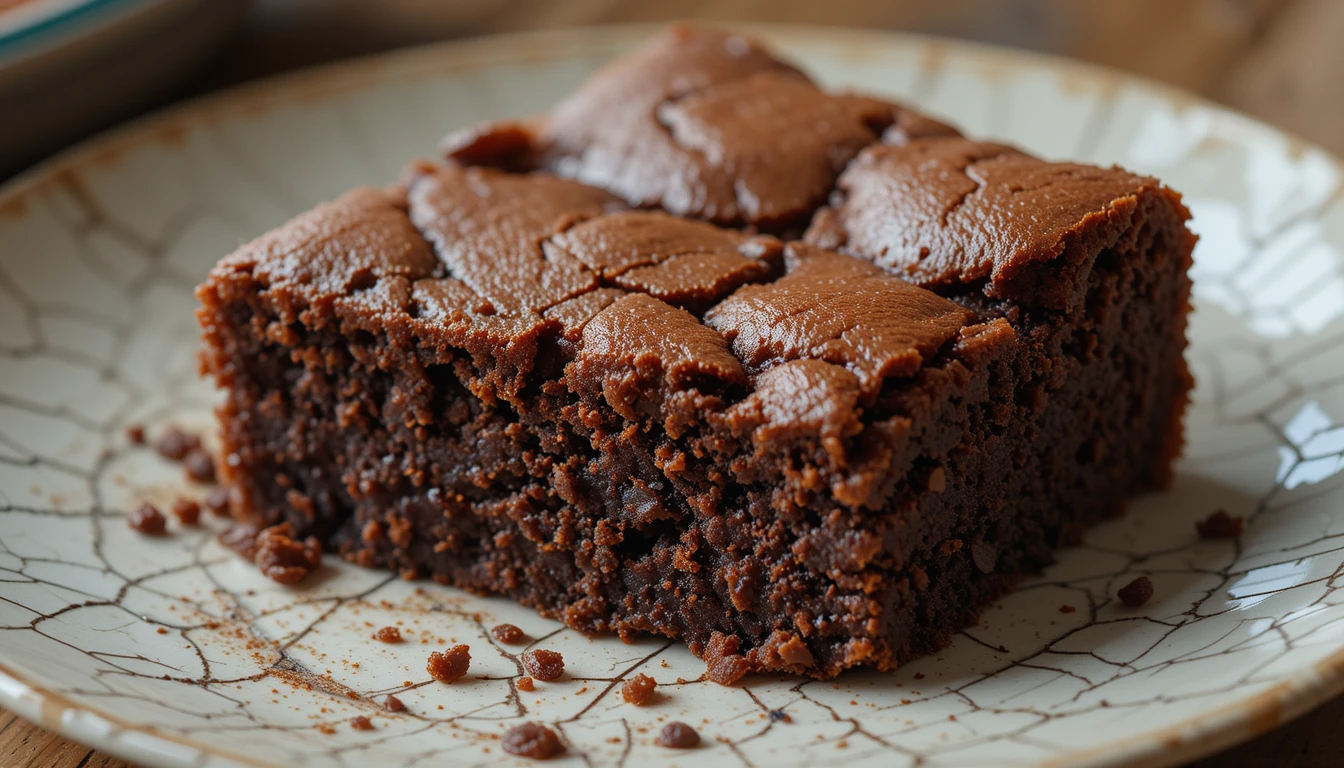
Overbaking is the enemy of a moist cake. As the cake sits in the oven longer than necessary, it loses moisture, resulting in a dry texture. Be sure to check the cake for doneness a few minutes before the recommended baking time is up to avoid overbaking.
Solution
To check if your cake is done, insert a toothpick into the center of the cake. If it comes out clean or with just a few crumbs, the cake is done. If the toothpick comes out with wet batter, continue baking for a few more minutes before testing again. Remember, the cake will continue to cook slightly after you remove it from the oven, so don’t wait for it to be completely dry before taking it out.
Conclusion: Ensuring a Moist and Delicious Texas Sheet Cake
Making a Texas sheet cake that’s perfectly moist, fluffy, and rich requires careful attention to detail, from choosing the right ingredients to avoiding common baking mistakes. By following the tips in this guide—whether you’re measuring your ingredients accurately, preventing dryness, or fixing potential errors—you can bake a Texas sheet cake that will impress everyone.
With the knowledge of why your cake might turn out dry and how to troubleshoot the issue, you’re now equipped to bake a sheet cake that’s soft, moist, and delicious every time. Happy baking
Learn how to make the perfect frosting for your Texas Sheet Cake here.

